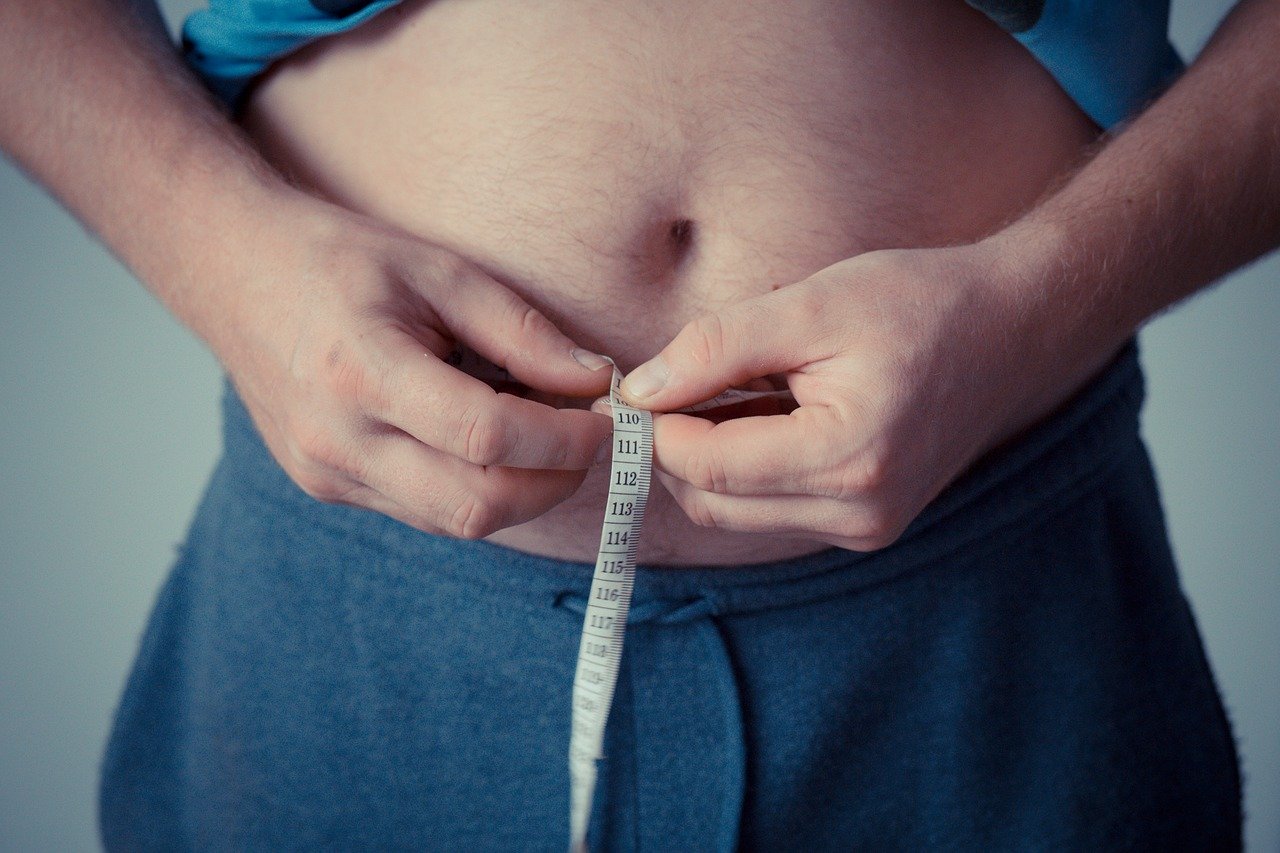DISPELLING THE MYTHS ABOUT LIPEDEMA AND OBESITY
SCHEDULE CONSULTATION
Share on facebook
Facebook
Share on twitter
Twitter
Share on linkedin
LinkedIn
Medical specialists, like Dr. Jaime Schwartz in Beverly Hills, are taking a stance to help women suffering from lipedema and dispel the myth that this is a problem with obesity or being overweight. Lipedema is a genetic disease that strikes women and is often misdiagnosed by medical professionals as a lifestyle issue. For decades, women with this painful condition have been overlooked and misdiagnosed but more focus is being aimed at this disease and giving women with lipedema a fighting chance.
Dr. Jaime Schwartz is a board-certified and well-renowned plastic surgeon in Beverly Hills, CA. Founder of Total Lipedema Care in Beverly Hills, he has dedicated a portion of his private practice towards giving women suffering from this chronic condition answers and treatment options. Dr. Schwartz is constantly working to educate and provide answers about lipedema to the medical community so these women no longer go undiagnosed or misdiagnosed. Here are some of the reasons behind why lipedema is a disease and not an issue with obesity.
THE BACKGROUND ON LIPEDEMA
Back in the 40s, the Mayo Clinic recognized lipedema as a condition of fat with fluid that goes unchanged and begins to build up to an excessive point that it becomes debilitating. This excess fatty tissue that is filled with fluid is commonly seen in women and typically starts in the lower extremities, especially the legs. Fluid buildup eventually causes skin damage as skin becomes extremely lax or stretched and blood vessels are restricted which causes severe swelling or pain. This medical condition mimics other health concerns like a poor diet or lack of exercise, but this genetic disorder is more than weight related.
LIPEDEMA IS GENETIC
It has been found that the lipedema disease is one that is passed down through other female family members. Women who suffer from this disease typically had a mother, grandmother, or aunt that was also hindered by this painful disorder. Older generations of women, in the same family tree, displayed the same oddly disproportionate body type of abnormal amounts of fluid-filled knotty fat settling in their lower extremities, particularly the legs, which gets progressively worse if undiagnosed.
PROGRESSIVE DISEASE
Women who seek medical help, especially in the early stages, often get turned away as just having a problem with their eating habits or not exercising enough. Women then choose to take drastic measures to lose weight but notice that the fat buildup doesn’t change. This can lead to eating disorders, depression, and women feeling more discouraged as the disease progresses undiagnosed. The fat produced from the lipedema disease is normally resistant to diet and exercise. Weight loss methods seem to have no effect on the fat buildup in those target areas which is why this disease progresses and gets worse with each phase.
LIPEDEMA FAT IS NOT LIKE CELLULITE
In earlier stages of lipedema, women are often told it is cellulite and excess weight showing up in certain areas such as the legs or in rare cases the upper arms. Lipedema fat cells are different and change as a woman goes untreated. In the first stage, the fatty deposits may seem like excessive cellulite in the legs or upper arms but when pressure is applied the finger will indent and fat will feel lumpy. In later stages, the fat becomes like fist-sized lumps that are clumped together and are less evenly distributed. The fatty deposits take on a textured appearance and then become hard to the touch. Women begin to experience sizable folds of excess skin where these fatty deposits have built up which become sensitive to even touch. Mobility becomes limited and fluid buildup begins to take its toll on a woman’s lymphatic system.
DRIVEN BY HORMONES AND STRIKES TARGET AREAS
A common factor that seems to evolve from this condition is that it seems to be triggered by a woman’s hormones. As a woman goes through the phases of puberty, menopause, or hormonal changes with aging or pregnancy, this condition seems to emerge. In most cases, lipedema seems to strike women as they enter into their mid to late 30s.
Another common factor is the target areas. Women suffering from lipedema and not just obesity begin to notice a change in their lower extremities. Their bodies begin taking on an extreme “pear-like” body shape with some women even experiencing the change in their upper arms. Legs begin to take on a large or column-like appearance. With some of these common denominators, it proves lipedema is not a weight issue due to a lifestyle but is a more serious condition needing medical attention.
There is no cure for this progressive disease, but women who are concerned they may have lipedema should consult a medical specialist like Dr. Jaime Schwartz at Total Lipedema Care in Beverly Hills. He can determine if you have this chronic condition and help manage symptoms as well as cosmetically help improve the appearance of your lipedema condition. Lipedema is life-altering and can be a life-threatening condition if left untreated. Finding help is crucial in getting the care that you need.
Total Lipedema Care in Beverly Hills, CA is dedicated to helping women find answers and treatment options to live a better quality of life with this chronic condition. Board-certified plastic surgeon Dr. Jaime Schwartz is a recognized expert in the lipedema community and can help you get the answers you need about this condition and how to live with it. Please call or schedule a consultation with Dr. Schwartz if you are concerned you might be struggling with lipedema and get the help you need today.

